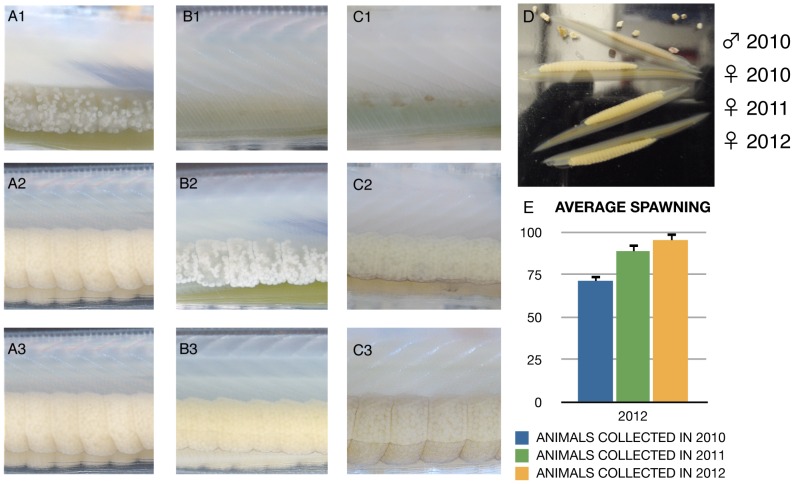Figure 3. Annual gonad refill in the amphioxus facility.
(A–C) Gonad status of maturation for three different groups of animals in our optimised amphioxus facility: (A) Animals collected with incipient gonads; (B) Animals collected with no gonads or animals that spawned in the facility in previous years; (C) Animals already spawned in the same breeding season.1 is the initial status of the gonads for a given individual, and its progression (2) until the gonads are fully developed (3). State 3 is achieved in our facility in line with artificial seasonal fluctuations only in combination with feeding on Food Mix C. In state 3 most of our animals are able to spawn after being induced. (D) Comparison between animals that refilled their gonads in the facility or in the wild. The picture shows a snapshot of ripe animals in our facility in 2012, with animals collected in 2010 and 2011 versus a female collected in 2012 (with refilled gonads in the wild). By feeding on Food Mix C, no appreciable difference is seen between animals that maturated their gonads in the nature or in the facility. (E) Annual spawning percentages of animals collected in 2010 and 2011 that spawned in subsequent years. The spawning in subsequent years appears to improve over the time with a maximum difference of a 30% between 2010 and 2012 animals that spawned in 2012.

